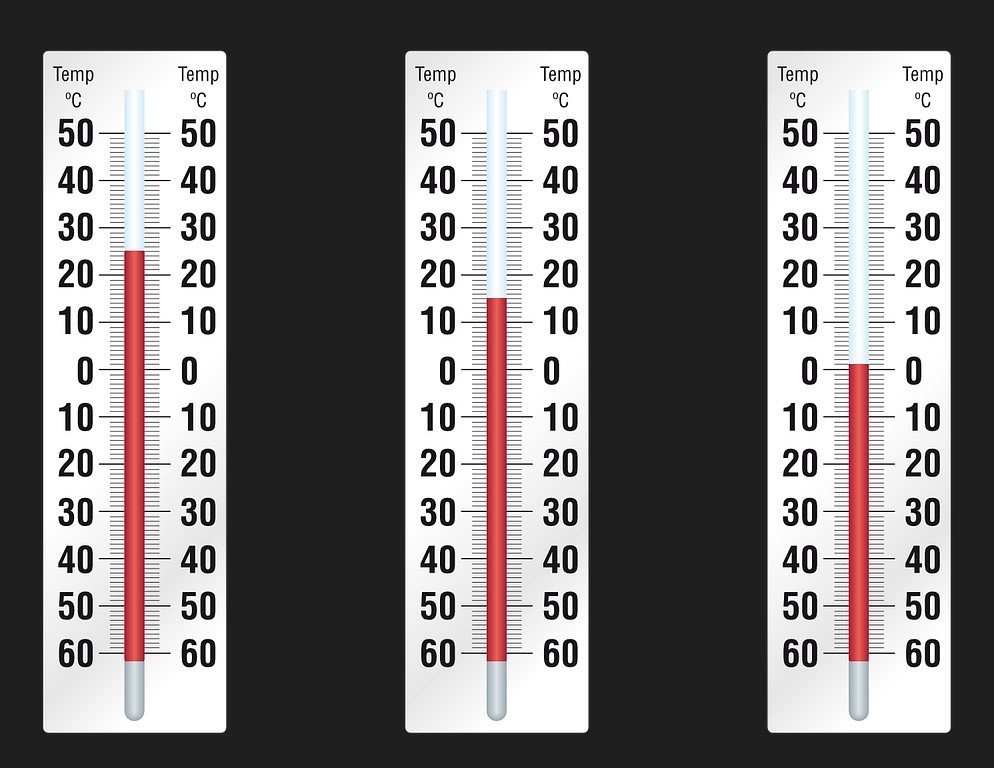As a seasoned expert in muscle health and recovery, I can attest to the challenges faced by individuals suffering from intercostal muscle strain. This condition, which affects the muscles situated between your ribs, can significantly disrupt your sleep – a crucial element in the body’s natural healing process. For those grappling with this issue, it is essential to be aware of how to mitigate these effects, ensuring restful nights and promoting overall well-being.
Why is it important to learn how to sleep with intercostal muscle strain? The discomfort caused by this condition can make it difficult to find a comfortable sleeping position, leading to restless nights and hampering the body’s recovery process. By adjusting your sleeping position and making some simple changes to your bedroom setup, you can alleviate the pain associated with intercostal muscle strain and enhance the quality of your sleep. These adjustments not only provide immediate relief but also contribute to long-term recovery. So, let’s delve into the topic and discover how you can reclaim your peaceful nights.
What is an Intercostal Muscle Strain?
Intercostal muscle strain refers to an injury or inflammation of the muscles located between the ribs. These muscles are vital as they assist in the movement of the chest wall during breathing. When these muscles are strained, it can result in sharp, stabbing pain, especially during physical activities that involve twisting the torso or deep breathing. This condition can significantly affect your daily activities and even disrupt your sleep, which is essential for overall health and recovery.
Continuing our discussion on intercostal muscle strain, it’s important to understand that this condition can vary in severity. Mild strains usually cause minor discomfort and heal within a few weeks with rest and appropriate care. However, severe strains can lead to intense pain, limiting your mobility and requiring longer recovery periods. It’s also worth noting that intercostal muscle strains can sometimes be mistaken for other conditions like rib fractures or heart diseases due to similar symptom presentation, emphasizing the need for proper diagnosis.
According to recent studies, muscle strains, including intercostal muscle strains, account for an estimated 30% of all sports injuries. This statistic underscores the commonality of such injuries and the importance of understanding how to manage them effectively, particularly when it comes to ensuring a good night’s sleep, which is a critical part of the healing process.
Recognizing the Symptoms of Intercostal Muscle Strain
Identifying the symptoms of intercostal muscle strain is the first step towards effective management and recovery from this condition. The primary symptom is a sharp, stabbing pain in the chest area, which intensifies during activities that involve twisting the torso or deep breathing. However, the manifestation of these symptoms can vary depending on the severity of the strain.

How to Sleep with Intercostal Muscle Strain: A Practical Approach
Beyond the hallmark sharp pain, other symptoms associated with intercostal muscle strain may include:
- Difficulty in breathing: As the intercostal muscles play a key role in the breathing process, their strain can make it challenging to take deep breaths.
- Pain that worsens with movement or activity: Physical activities, particularly those involving the upper body, can exacerbate the pain.
- Tenderness over the affected area: The area over the strained muscle may be sensitive to touch.
- Muscle spasms: In some cases, the affected muscles may spasm, resulting in sudden bouts of pain.
Understanding these symptoms is crucial not only for diagnosis but also for determining the appropriate course of treatment. Remember, if you experience severe chest pain or difficulty breathing, it’s important to seek immediate medical attention as these symptoms could indicate more serious conditions like heart diseases.
The Link Between Sleep and Muscle Recovery
Sleep plays a critical role in the process of muscle recovery. When we sleep, our body enters a state of restoration where it repairs damaged tissues, including muscles, and replenishes energy stores. This process is particularly important for individuals dealing with muscle strains, such as intercostal muscle strain, as it accelerates healing and reduces pain and discomfort.
During the deeper stages of sleep, also known as slow-wave sleep, the body releases growth hormones that stimulate muscle repair and growth. Lack of quality sleep can disrupt this process, leading to prolonged recovery times and increased discomfort. Moreover, good sleep also helps manage pain better by altering pain perception, a benefit that can be particularly helpful for those suffering from conditions like intercostal muscle strain.
According to research, individuals who get sufficient sleep show improved muscle recovery compared to those who are sleep-deprived. In fact, one study found that lack of sleep can result in up to a 40% decrease in the body’s ability to recover after injury. This underscores the importance of quality sleep in facilitating effective muscle recovery and managing conditions like intercostal muscle strain. Therefore, learning how to sleep comfortably despite the discomfort caused by this condition becomes crucial.
Best Sleeping Positions for Intercostal Muscle Strain
Finding a comfortable sleeping position can be challenging when dealing with intercostal muscle strain. However, certain positions can help minimize discomfort and promote better sleep. The key is to find a position that reduces pressure on the affected muscles and allows for easier breathing.
Here are some suggested positions to try:
1. Sleeping on your back: This position helps distribute weight evenly across your body, reducing pressure on any specific area. Use a pillow under your knees to maintain the natural curve of your spine and relieve tension in your lower back.
2. Sleeping on your side: If you prefer this position, ensure to use a firm pillow to support your neck and head. Also, place a pillow between your knees to align your hips and spine.
3. Elevated upper body: Raising your upper body slightly can help ease breathing and reduce discomfort. You can achieve this by using an adjustable bed or a wedge pillow.
Remember, what works best may vary from person to person. It’s crucial to listen to your body and adjust as needed. If a position causes more pain or discomfort, change it.
While dealing with intercostal muscle strain, prioritizing sleep and finding the most comfortable sleeping position can significantly aid in recovery. These positions aim to reduce strain on the affected muscles, making it easier for you to rest and heal.
Bed Adjustments for Comfortable Sleep with Intercostal Muscle Strain
When dealing with intercostal muscle strain, making some simple adjustments to your bed can significantly enhance your comfort and facilitate better sleep. These adjustments aim to reduce pressure on your ribs and allow for easier breathing, both of which are crucial in managing the pain and discomfort associated with this condition.
Here are some practical steps you can take to modify your sleeping environment:
1. Use supportive pillows: Pillows can be used to provide additional support and relieve pressure on your ribs. For instance, placing a pillow under your knees while lying on your back or between your knees while lying on your side can help maintain spinal alignment and reduce strain on your intercostal muscles.
2. Elevate your upper body: If you find it difficult to breathe while lying flat, consider elevating your upper body. You can use an adjustable bed or place a wedge pillow under your upper back and head to achieve this.
3. Invest in a quality mattress: A good mattress plays a key role in ensuring comfortable sleep. Opt for a medium-firm mattress that provides adequate support while also conforming to your body’s natural curves.
4. Maintain a cool room temperature: A cooler room can make it easier to fall asleep and stay asleep. The ideal room temperature for sleep is around 65 degrees Fahrenheit (18 degrees Celsius).
Remember, the goal is to create a sleep environment that minimizes discomfort and promotes restful sleep. While these adjustments may seem minor, they can make a significant difference in managing intercostal muscle strain and enhancing your overall sleep quality.
Helpful Tips to Minimize Pain and Discomfort at Night
When dealing with intercostal muscle strain, the discomfort can often intensify at night, disrupting your sleep. However, there are several strategies you can employ to minimize this nighttime pain and discomfort, promoting better sleep and, consequently, aiding your recovery process.
Here are some practical tips that can help:
1. Practice Good Sleep Hygiene: Keep a consistent sleep schedule, create a restful environment, and avoid stimulants like caffeine and electronics close to bedtime.
2. Use Over-the-Counter Pain Relievers: Non-prescription medications like acetaminophen or ibuprofen can help manage the pain. However, they should be used as per the recommended dosage and not as a long-term solution.
3. Apply Heat or Cold Packs: Heat can help relax the muscles and alleviate pain, while cold can help reduce inflammation. Remember to always wrap heat or cold packs in a cloth before applying to avoid skin damage.
4. Try Gentle Stretches: Gentle stretching exercises can help relieve tension in the muscles. However, it’s important to perform these under the guidance of a healthcare professional to avoid further injury.
5. Consider Relaxation Techniques: Techniques such as deep breathing, progressive muscle relaxation, or guided imagery can help manage pain and promote sleep.
These strategies aim to not only alleviate the pain associated with intercostal muscle strain but also enhance your overall sleep quality, which plays a critical role in your recovery. Remember, it’s always advisable to consult with a healthcare professional before starting any new treatment or regimen.
Conclusion
Intercostal muscle strain can indeed be a painful and disruptive experience, impacting your daily activities and sleep. However, with the right knowledge and strategies, you can effectively manage this condition and minimize its impact on your life. From understanding the nature of this strain to identifying its symptoms and the role of sleep in recovery, we hope this guide has provided you with valuable insights to navigate this journey confidently.
Remember, while dealing with intercostal muscle strain, prioritizing sleep and adopting suitable sleeping positions can significantly aid in recovery. Making simple bed adjustments and practicing tips to minimize nighttime discomfort can also enhance your comfort and overall sleep quality. As you implement these strategies, take heart in knowing that each step brings you closer to recovery, and soon, this painful phase will be a thing of the past.
Frequently Asked Questions
[faq-schema id=”1302″]
















